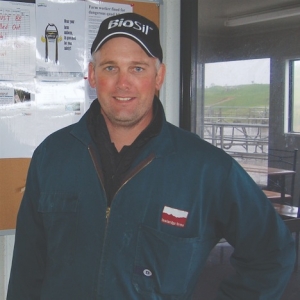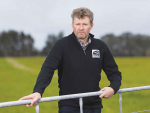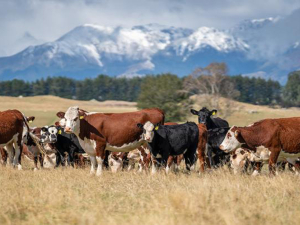Much comment surfaces in the media about how much farmers should be paying staff and whether they are paying enough.
Here is one correct way of paying staff, but this is only an example. No one size fits all and you may need to make changes to suit your individual circumstances and employees.
Before you start to hire staff, do a staff budget as you do for feed, showing deficits and surplus each period. If your staff requirements are anything like mine you will have found a need to hire additional workers for spring to manage the additional workload and time off needed through calving.
The budget or roster will show expected hours staff members need to do weekly, and then you need to decide what’s fair and reasonable without exceeding hours.
However, most farmers like me expect staff to stay behind to do a late calving with the vet; this is something you can never budget on.
The hardest job starts when you hire staff. At this time you should show the job description, hour sheets, hours of work, health and safety, drug and alcohol policy, farm policy and Federated Farmers contracts. From this you will set the standard and be clear on your expectations.
When advertising for staff on fencepost, don’t advertise maximum hours but advertise one year’s average hours.
Showing 65+ hours a week as a prospective job and then saying no suitable Kiwis were available… well, you need to look in the mirror. Saying there is a great roster with hours ranging from 40 in winter, peaking at 55-60, sounds a lot better and you’re likely to get more Kiwis applying.
Housing is also important. A great house to rent at $150-$300 should be optional; if you still can’t get suitable people with this, then overseas staff may be an option as immigration officials will look more kindly on you. Their market test will have to be similar to your actions in the market as well. They are hard to please, so you have to show you have done it right from day one. This is not a cheap option in my experience, as permit fees, advice and paying higher wages always add up. However, hiring great staff is an investment not a cost.
When working out salary it is important to make sure you are at a suitable hourly rate for the level of experience you need.
Farm assistants are usually $15-$20 per hour. Make sure you read the new Federated Farmers remuneration report, early next year, to get an idea of what the benchmark is. If you pay minimum wage, expect minimum output, and don’t complain to your neighbour. Farming is a great career, so don’t undervalue your staff. Trying to attract top staff should be your business aim.
A lot of my friends and family would say to me that rents are low in the country compared to Auckland, which averages $550 a week, or Hamilton’s average of $370 per week. This is the advantage of living on farm with no travel costs.
My message is: don’t minimise the great opportunity there is on farms by advertising a job that doesn’t reflect the vast majority of great farming jobs out there. There are 35,000 people out there working on dairy farms, according to DairyNZ statistics. While there are a few ratbag employers and employees, almost all get on with the job and do a great job of producing for the nation’s biggest export earner.
I love farming. I am passionate about it and see a great future in it for my family. However your staff may just see it as a journey from one adventure to the next. As long as the work is incentivised, motivating and enjoyable, they will do a great job. With flexible rosters, it will be a win-win for everyone.
I know from employing seven staff that what I have explained is never going to be a simple exercise. Just like anything in life, experience is what will teach us to be better employers and farmers.
• Chris Lewis is Federated Farmers Waikato provincial president


















